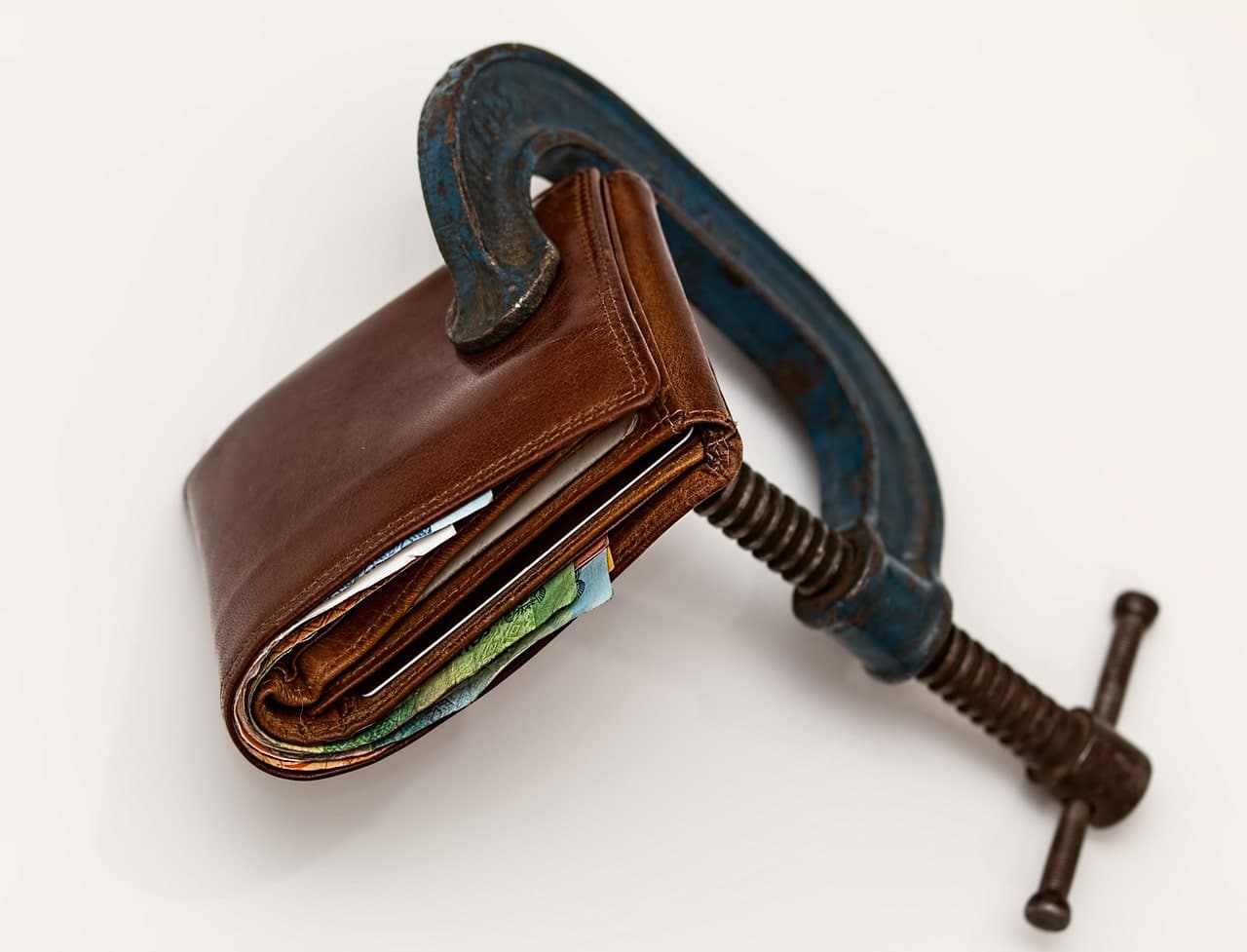General idea
Today we will look at the difference between fiscal and monetary policy, and focus on the latter, broadening our understanding of how the economy works.
Fiscal vs monetary policy
Well, fiscal policy is a branch of economic policy, which focuses on state budgets and their components, public spending and taxes.
Monetary policy, on the other hand, is the set of decisions that a central bank must take in order to control the price of money, and thus the interest rate and the amount of money put into circulation. There are two types of monetary policy, expansionary or restrictive.
– Expansionary monetary policy. By increasing the money supply or the amount of money in circulation. There are three ways to achieve this:
1. Buying bonds from commercial banks, injecting liquidity into the economy in the form of loans that must be repaid at a fixed interest rate.
2. Lowering the reference interest rate (in our case, the Euribor), thereby increasing money circulation.
3. Lowering the so-called cash ratio. This cash ratio is the percentage that central banks must leave in the form of legal reserves. That said, if this percentage decreases, the bank will have more money to lend and the amount of money in circulation will increase again.
In general terms, we can say that the expansionary monetary policy tries to make it easier to provide financing to the financial system, increasing savings and investment for households, companies and public administrations.
What happens? If households have more capital, they will be willing to consume by paying more for goods and services, thereby increasing production and employment and, in other words, boosting the economy.
– Restrictive monetary policy. Reducing the amount of money in circulation. Three actions are available to achieve this objective:
1. Sale of bonds to commercial banks, thus withdrawing the money put into circulation (keeping it for the central bank itself).
2. Raising interest rates, reducing the amount of money in circulation as credit becomes more expensive.
3. Increasing the cash ratio, having to keep more money tied up in reserves and reducing the amount of money in circulation.
We can therefore say that with the restrictive monetary policy, it is more difficult to access new loans. Households will consume and invest less, as they will have to pay higher interest rates to finance themselves. Production in the economy is reduced, and with it employment. But if all this is really happening… Why would we then want to apply it?
Simply to control inflation. In the face of falling demand for goods and services, prices tend to stagnate or even fall.










